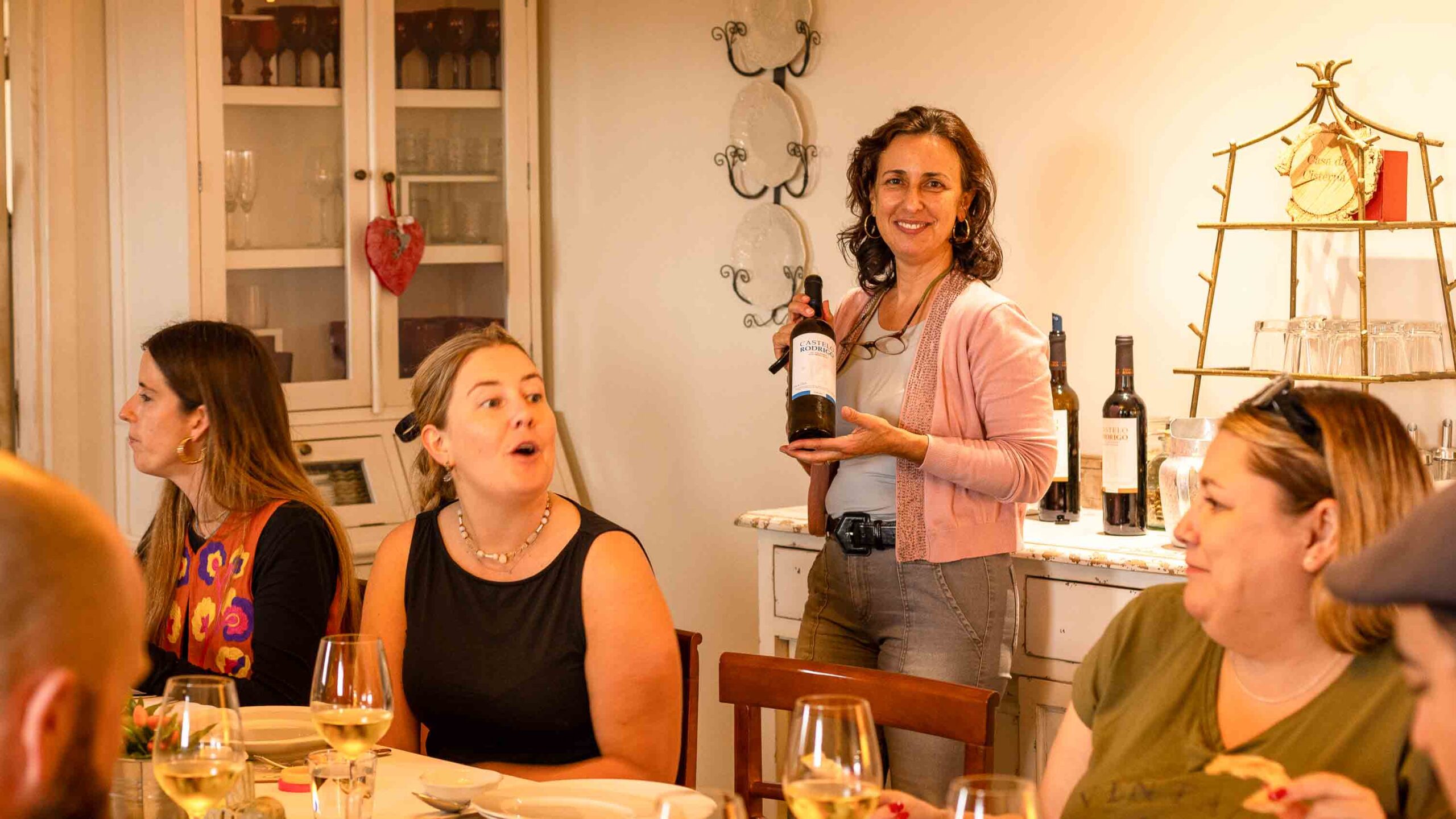*Toyo Odetunde was one of four mentees who participated in Intrepidâs second Diversifying Travel Media press trip in October 2024 alongside three fellow mentees/aspiring travel journalists and four mentors/established travel writers and editors.*
It is raining when I arrive at Casa da Cisterna, a homely, country guesthouse spread across Castelo Rodrigo village in northern Portugalâs Côa Valley, within the Guarda district. Iâm here to learn more about the cultural and ecological conservation efforts taking place across this region, home to both a rewilding project and UNESCO-recognized prehistoric rock art sites. With its focus on sustainable rural tourism, Casa da Cisterna sits comfortably against this backdrop.
The owners are husband-and-wife duo António Monteiro and Ana Berline. As biologists heavily involved in local rewilding efforts, it’s unsurprising that their guesthouse forms a key part of the protective ethos that defines much of the tourist activity in the Côa Valley. Here, safeguarding the regionâs distinct and varied wildlife, original natural landscapes and historical relics is a priority. Casa da Cisternaâs rooms are woven between the remains of a castle settlementâa patchwork of earthy reds, pinks and grays that reveal this fortressâ medieval history.Â
The hilltop location means weâre perched above the infinite green of the Côa Valley, a terrain made up of vast swathes of open forest and patches of arid wilderness .Through an organza-like veil of misty gray, I can make out the promise of a spectacular view. But for now, sharp wisps of wind and rain are nipping at my face, and the toasty caress of the indoors beckons.
In hindsight, this was the perfect backdrop for my initiation into the soulful, restorative food served to guests at Casa da Cisterna, prepared by Estrela Sequeira, the house cook. Iâd expected to uncover more of the Côa Valleyâs distinct heritage during my stay, such as its uniquely intimate access to Neolithic and Paleolithic drawings and native wildlife, but I hadnât been prepared to experience the region so memorably through its foodâsimple, but with a deep respect for locality that means freshness and undiluted flavor sing from each dish. Â

